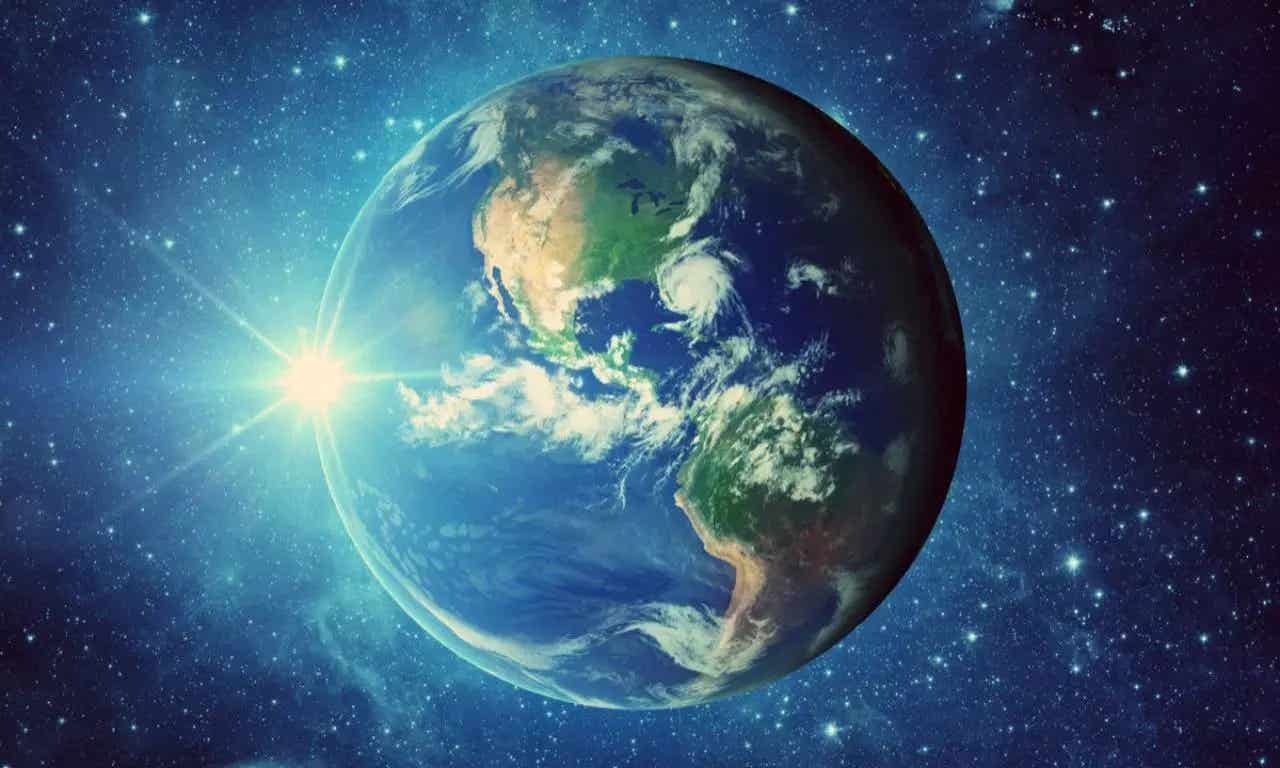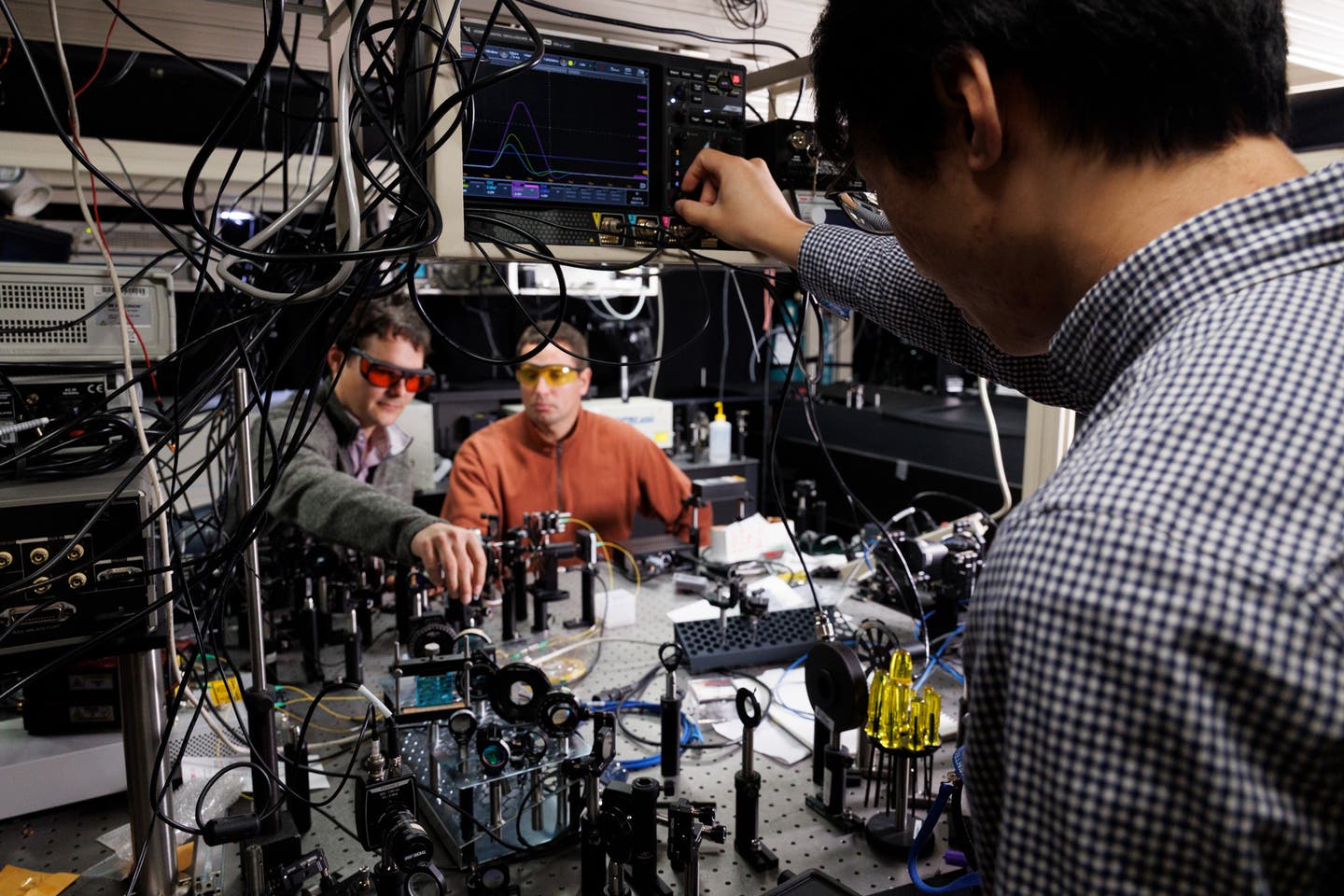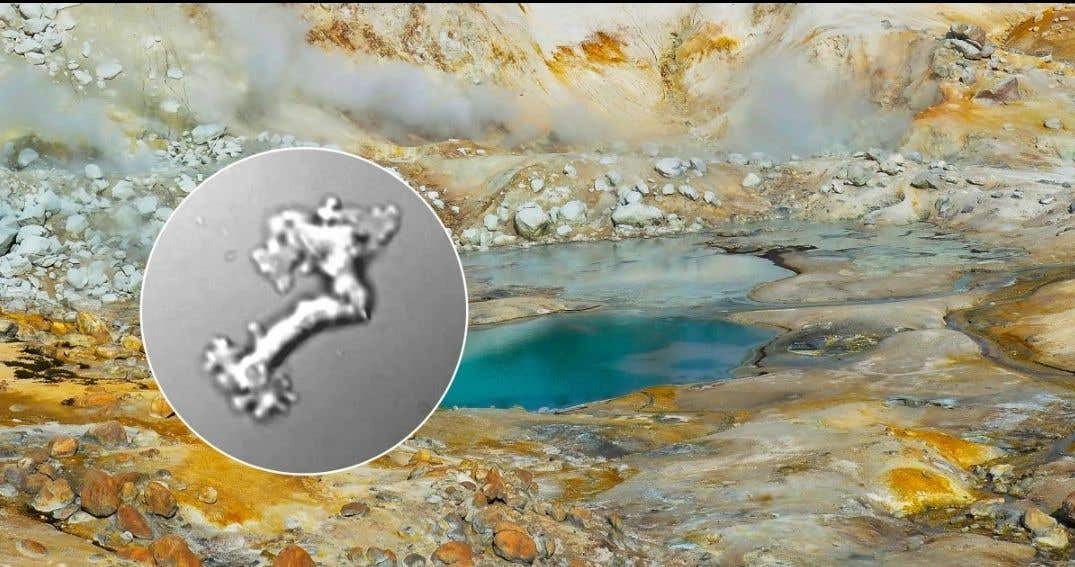Climate change is altering the Earth’s rotation, study finds
Climate change is melting the ice masses in Greenland and Antarctica, causing water to flow into the world’s oceans

Climate change is increasing the length of the day by a few milliseconds beyond the standard 86,400 seconds. (CREDIT: Creative Commons)
Climate change is melting the ice masses in Greenland and Antarctica, causing water to flow into the world’s oceans, particularly the equatorial region. "This shift in mass is affecting the Earth’s rotation," says Benedikt Soja, Professor of Space Geodesy at ETH Zurich.
Soja explains this phenomenon using the analogy of a figure skater spinning. When a skater extends their arms, the rotation slows due to the increased inertia. This is similar to what happens on Earth: as water redistributes from the poles, it alters the planet's rotational speed. According to the law of conservation of angular momentum, if the Earth’s rotation slows, the days become longer, though the change is minimal.
Supported by NASA, ETH researchers have published studies in Nature Geoscience and Proceedings of the National Academy of Sciences (PNAS) on how climate change affects the Earth's rotation and polar motion.
Climate Change vs. Lunar Influence
The study reveals that climate change is increasing the length of the day by a few milliseconds beyond the standard 86,400 seconds. This occurs as water from melting polar ice flows to lower latitudes, decelerating Earth's rotation.
Another factor contributing to this slowdown is tidal friction caused by the moon. However, the study concludes that if greenhouse gas emissions continue to rise and the Earth warms further, the impact on Earth's rotational speed will surpass the moon's influence, which has been the primary factor for billions of years. “Humans have a greater impact on our planet than we realize,” Soja states, emphasizing our responsibility for the planet's future.
Melting ice not only affects Earth's rotation and day length but also shifts the planet's axis. This polar motion causes the points where the axis meets the Earth's surface to move, observable as shifts of about ten meters per century. Movements within the Earth's mantle and heat flows in the outer core also contribute to these changes.
In their comprehensive study, Soja and his team demonstrate how polar motion results from processes in the Earth's core, mantle, and surface climate. “For the first time, we present a complete explanation for the causes of long-period polar motion,” says Mostafa Kiani Shahvandi, a doctoral student and lead author of the study. He adds that climate change's feedback may even be altering the dynamics of Earth's core.
The researchers used physics-informed neural networks for their study on polar motion. These AI methods combine physical laws with machine learning algorithms. Kiani Shahvandi collaborated with Siddhartha Mishra, Professor of Mathematics at ETH Zurich, who is a specialist in this field and received the Rössler Prize in 2023.
These advanced algorithms allowed the team to model interactions between the Earth's surface, mantle, and core. The models accurately represent the movement of Earth's rotational poles since 1900, aligning well with historical astronomical observations and recent satellite data, enabling future forecasts.
Even though Earth's rotation changes slowly, these changes must be accounted for in space navigation. “When sending a space probe to land on another planet, even a slight deviation on Earth can result in a significant error over vast distances,” Soja explains. “Otherwise, landing in a specific crater on Mars might not be possible.”
This research underscores the far-reaching impacts of climate change, extending even to the Earth's core and affecting space exploration. The findings highlight the interconnectedness of Earth's systems and the profound influence of human activities on our planet.
Note: Materials provided above by the The Brighter Side of News. Content may be edited for style and length.
Like these kind of feel good stories? Get the Brighter Side of News' newsletter.



